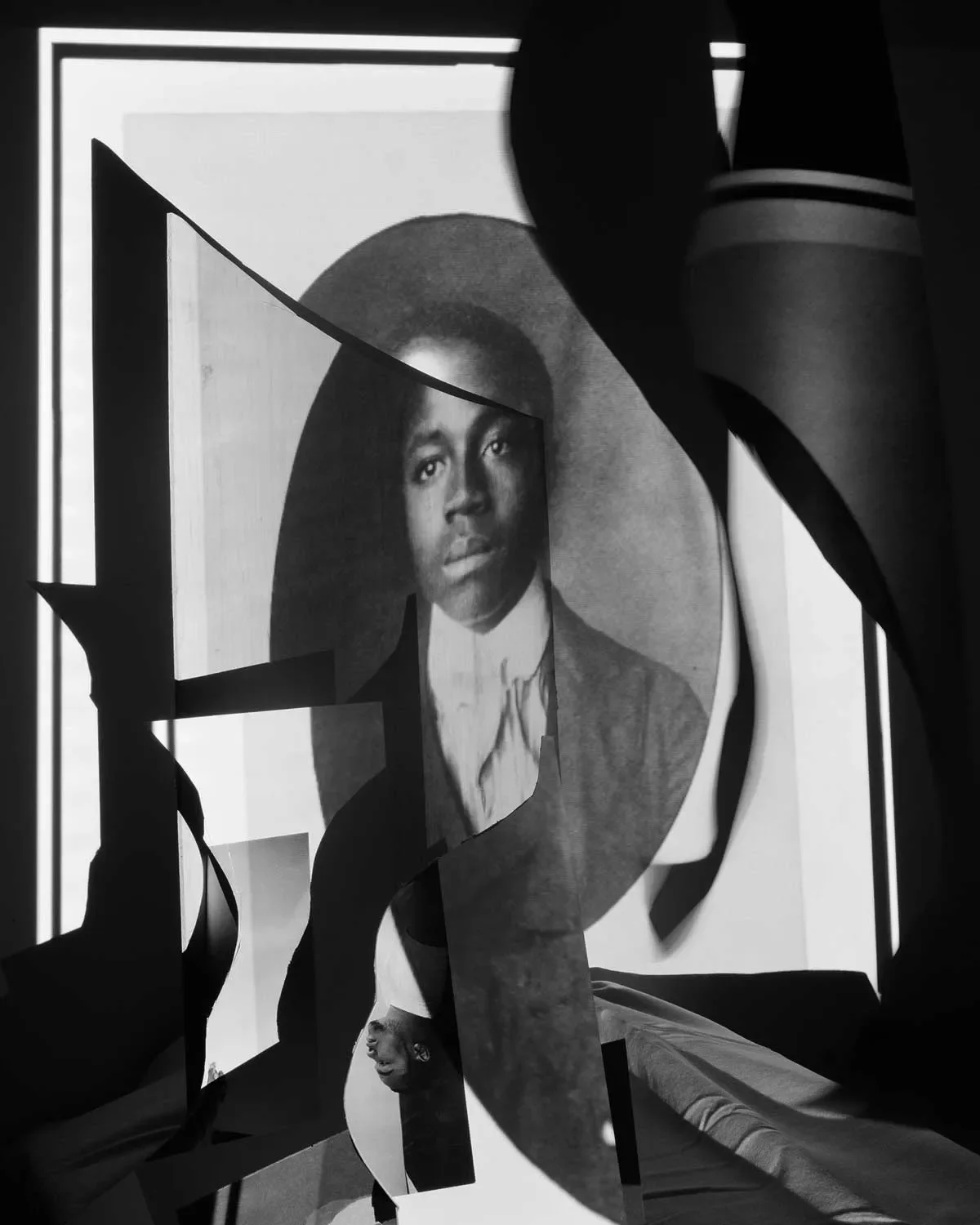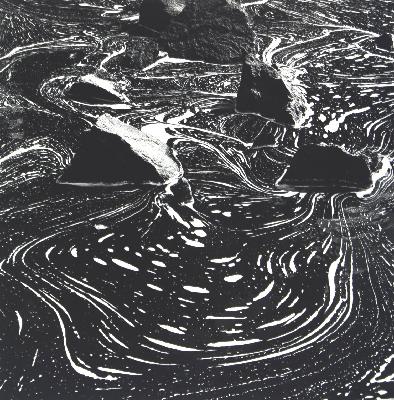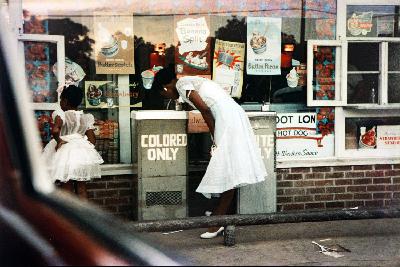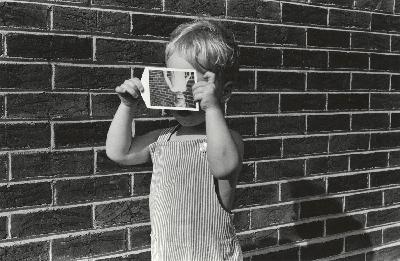Episode 8: Jess T. Dugan and Rafael Soldi
Description
In this episode, MoCP Chief Curator and Deputy Director, Karen Irvine, sits down with artists Jess T. Dugan and Rafael Soldi of the Strange Fire Collective to discuss the founding of Strange Fire and its mission to showcase works made by women, people of color, and queer and trans artists. Dugan and Soldi also speak about their own practice as working artists, and their thoughts on the work of Harry Callahan and Diane Arbus in the museum’s collection.
To help stop the spread of Covid-19, this episode was recorded live in front of an audience over Zoom and not in the WCRX studios.
<figure class="
sqs-block-image-figure
intrinsic
">

<figcaption class="image-caption-wrapper">
Hermaphrodite and a dog in a carnival trailer, Maryland, 1970, Diane Arbus
</figcaption>
</figure>
<figure class="
sqs-block-image-figure
intrinsic
">

<figcaption class="image-caption-wrapper">
Eleanor, Port Huron, 1954, Harry Callahan
</figcaption>
</figure>
Interview Transcript
Karen Irvine:
This is Focal Point, the podcast where we discuss the artists, themes, and processes that define and sometimes disrupt the world of contemporary photography. I'm Karen Irvine, chief curator and deputy director at the Museum of Contemporary Photography at Columbia College, Chicago, with guests Jess T. Dugan and Rafael Soldi.
Jess T. Dugan is a St. Louis who is interested in representations of identity, particularly as they apply to LGBTQ+ communities, and specializing in portraiture. They received their MFA from Columbia College, Chicago in 2014, and has their work in the permanent collections of over 35 museums. Dugan's monographs include To Survive on This Shore: Photographs and Interviews with Transgender and Gender Nonconforming Older Adults, published by Kehrer Verlag in 2018, and Every Breath We Drew, published by Daylight Books in 2015. Currently, they are the 2020-2021 Henry L. and Natalie E. Freund Teaching Fellow at Washington University in St. Louis.
Rafael Soldi is a Peruvian born Seattle based artist and curator. His practice centers on how queerness and masculinity intersect with topics such as immigration, memory, and loss. In addition to his extensive art practice, Soldi was part of the curatorial team at the Photographic Center, Northwest for five years, and has realized many curatorial projects since that time. He is currently co-curator of The High Wall, an outdoor video projection program dedicated to immigrant artists and artists working on themes of diaspora and borderlands. He has published two monographs this year: Imagined Futures with our friends Candor Arts here in Chicago, and Cargamontón, a self-published book.
Dugan and Soldi are both co-founders of the Strange Fire collective, along with Zora J. Murff and Hamidah Glasgow. Strange Fire is a project that highlights work made by women, people of color, and queer and trans artists.
Today we are discussing an artist they each have chosen from the MoCP's permanent collection as well as their own work and practice. To help stop the spread of COVID-19, we are recording this session live over Zoom and not in person at the WCRX FM radio studios. The full unedited interview will be made available on the museum's Vimeo page. Please visit mocp.org/focalpoint for more.
So, welcome to both! Rafael is with us from Seattle this morning and Jess is in St. Louis. Normally when we record these podcasts, the first segment is recorded in our vault where we stand with the artists and we look at the objects that they've chosen to discuss. Today instead, I'm going to share my screen with everybody in our audience and show you the pictures that you both picked out. And I'm going to ask you, starting with Jess, to state your name, tell us the title and the maker of the work that you've chosen, and then could you briefly describe it to us so that the listeners who will be listening just to the podcast audio version have a sense of what we're all looking at right now?
Jess. T. Dugan:
Sure, yeah. And thank you so much, Karen. I'm really happy to be here today, especially with you and Rafael. And as you know, I have a lot of love for and a longer history with the MoCP, so it's especially sweet.
My name is Jess T. Dugan, and I chose the collection work by Diane Arbus titled Hermaphrodite and a Dog in a Carnival Trailer, Maryland, 1970, which is a black and white photograph. It's a portrait. It depicts a person sitting in what we know from the title to be a carnival trailer. Their left hand is resting on the table in front of them and their right hand is resting on their hip, and they're in a kind of two piece sequined performative outfit wearing makeup. Their hair is fixed. They're wearing jewelry and earrings and a necklace. And they're looking right at Arbus, which is important to me and I think to the work.
Karen Irvine:
And then Rafael, can you please do the same?
Rafael Soldi:
Sure. Hi everybody. Thank you Karen and MoCP for inviting us to this conversation. My name is Rafael Soldi, and I chose an image by Harry Callahan titled Eleanor, Port Huron, 1954. As we know, Harry Callahan photographed his wife Eleanor expansively throughout his whole career. This is a black and white image. It's fairly square, I don't think it's quite a square. I think it's kind of a square rectangle. It's a black and white image. It is mostly foliage from top to bottom, and there is a nude Eleanor laying on the grass with her backside to us. And this sort of top third half of the image is very, very dark foliage, and then the foliage gets a little bit lighter toward the bottom.
And I love how the grass is almost lace-like, and then Eleanor and the towel she's laying on seem to have almost been blown by the wind into the image. And there's quite a bit of contrast between the whiteness of the towel and her skin as well, she's fair-skinned, against the darkness of the foliage. I'm sure a lot of that was done also in the dark room, but it's just a very elegant, very simple, very beautiful form, this organic form of the body against the flatness of the foliage behind her and around her.
Karen Irvine:
Thank you. So can you explain to the audience how you made those picks out of 16,000 plus objects? Was it difficult to decide which image resonated with you? And also, how do those images relate to your own personal practice?
Jess. T. Dugan:
Sure. So Arbus was definitely an early influence for me. She was someone I discovered in college. I had discovered some other artists before that, but it wasn't until I got to college that I discovered Arbus. And as a young person, I found her work to be validating, and I always felt a sense of empathy in it, which I now understand so much more about it and that that's not the case for everyone. But as I've matured as an artist, I've thought more about representation and photographing the other and what these kind of interactions must have been like for her. So I thought this piece was interesting because it brings up all of those questions about picturing the other, about representation, about how images function for different people in different ways. My 18-year-old queer self was really excited by this work, and my 34-year-old queer self still really likes the work but I see it as just much more complicated.
So that's why I chose it. There are so many amazing works in the collection and I could've chosen a lot of different ones for different reasons. But I thought this one is just kind of a complicated conversation around representation. And then also language, you know, thinking about the title. Hermaphrodite's not a word we use anymore, and so thinking about how language changes over time, particularly when it's speaking to identity which is also something I think about in my work.
Karen Irvine:
Absolutely. Thank you for that. Yeah, and the scholarship as well, right, around Arbus is very controversial actually in that regard. You know, was she exploiting these marginalized communities or was she actual
























